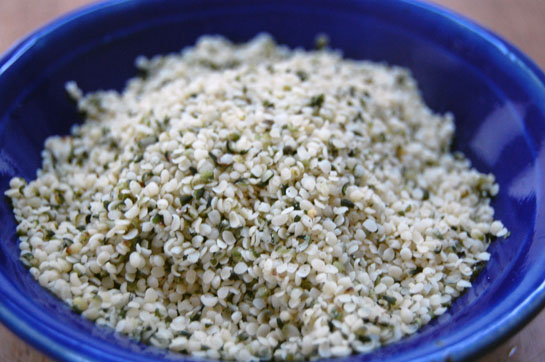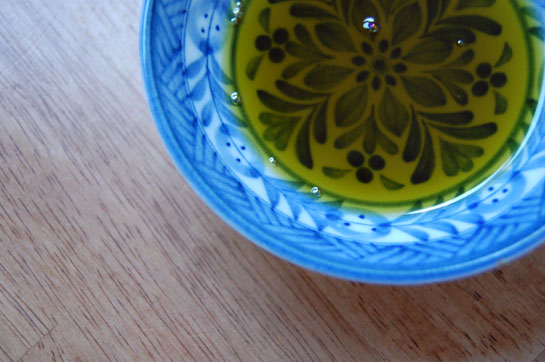CBD is a behind-the-scenes workhorse, facilitating a staggering number of bodily changes while being completely non-psychoactive.
by Edie Adelstein
In the land of cannabinoids, tetrahydrocannabinol (THC) gets most of the publicity. It is, after all, the compound with the most well-known flair, being the main source of all the euphoric, trippy effects.
Less popular, but perhaps only until now, has been cannabidiol, or CBD, the second most-common cannabinoid among the 70 to 100 found in marijuana (and the most common in hemp). CBD is a behind-the-scenes workhorse, facilitating a staggering number of bodily changes while being completely non-psychoactive.
To start, CBDs counter some of the less desirable side-effects of THC, like anxiety, paranoia, rapid heartbeat and short-term memory loss. In high doses, it can help insomniacs sleep, but in smaller amounts, it can be energizing. It can also reduce inflammation, nausea and convulsions.
As the list continues to grow, so do the CBD-centric products on the market. High-CBD strains are finally more readily available after decades of breeding geared toward high-THC yields. In the edibles industry, companies like Cheeba Chews and Dixie Elixirs & Edibles have developed special CBD products; for instance, the latter's non-psychoactive Dixie X comes from hemp oil, and according to the website, the company's in talks to distribute it in grocery and health food stores.
Char Mayes of the local infused-products company TinctureBelle offers a more mom-and-pop approach for patients seeking help from CBDs. While her products are all hybrids (from strain to cannabinoid content), Mayes did make a special high-CBD tincture for local patient Chaz Moore, who suffers from myoclonus diaphragmatic flutter, a condition that seizes the teenager with uncontrollable spasms in his abdomen.
"They had given me the plant," Mayes says. "And so, I'll help patients out like that, but I don't have it on a constant basis to do."
And when it comes to CBDs, all this is just the tip of the proverbial bud.
The battle within
Talk of marijuana fighting cancer is far from new, but recent research has shown more promise than ever. In a November article from AlterNet, two researchers from the California Pacific Medical Center explain that "these non-psychoactive compounds from the cannabis plant might, in short order, render chemotherapy and radiation distant second and third options for cancer patients."
In fact, this was something scientists at the National Cancer Institute were finding back in the '70s, the piece explains, before restrictions limited cannabis research in the U.S. And it's what Dr. Robert Melamede — a professor at the University of Colorado at Colorado Springs, and president and CEO of the publicly traded research company Cannabis Science — has been saying for years since then.
On the one front, Melamede says, cannabis makes the body healthy enough to fight cancer cells. (CBD is reported to have distinct immune system benefits.) Then, he adds, it "prevents cancer cells from properly talking to their environment." If receptors on cells are like our ears, he explains, and the chemicals they pass back and forth are like words, the compounds in marijuana make the cancer unable to "coordinate itself with its surroundings."
Neurologist Dr. Randall J. Bjork of Colorado Springs Neurological Associates isn't completely convinced yet; he says the science "isn't very rigorous." But, he adds, the idea "does appear to be something worth scientific research, because it seems to be very promising." He notes that CBD can be very receptor-specific, and doesn't kill healthy cells.
Bjork says the most hope may be found in applying CBD to breast cancer, which has been tested with the most success in laboratories. Next, he says there need to be "real hard, scientific, double-blind, placebo-controlled studies" pairing it with accepted breast cancer regimens, like the chemo drug Bevacizumab. "Some would even say it could help brain tumors."
Back at Cannabis Science, Melamede says he's already testing it with patients suffering from Kaposi's sarcoma, an opportunistic blood vessel cancer found in HIV-positive patients. "It's the leading cancer in the world, because it's the leading cancer in Africa. And cannabis, when properly administered, can make it go away."
Splendid isolation?
One fundamental issue still needs to be sorted out, though: Should CBD be isolated or not?
Melamede and Bjork are split. According to Melamede, both the plant and our bodies operate as a series of pathways that work synchronously, a whole greater than the sum of its parts.
"We're not just this collection of switches, it's how everything comes together to work that makes the magic," he says. "There are definitely cases for different illnesses where CBD alone will suffice ... [however] high-CBD strains, in general, I would say, would be better than using CBD [alone] because you'll get these accessory molecules and they'll all play in together.
"In cannabis there's what's known as the 'entourage effect,' and the entourage effect basically means that the entourage of chemicals that are in that plant will cooperatively have some kind of beneficial effect on whatever pathway you're looking at. But not because it's a simple on-off switch, but because they regulate those pathways in different ways."
Bjork acknowledges this, but says then the problem becomes one of not knowing what compound did what. "You would really like to nail it down to a molecule," he says, "like a molecule of Methotrexate, for example, or a molecule of Imuran, that we know what the chemistry is, and we know the properties; the melting point, the boiling point and all this, and the absorption in the GI system, or IV availability."
For her part, Mayes is skeptical of separating the cannabinoids, yet waits on further testing. In the meantime, the industry continues to evolve; the beauty of it remaining in the fact that it's already in a pretty good place, thanks to cannabis' variety.
"If a high-CBD works for you, go for it. If a hybrid works for you, go for it. You just have to choose which medicine works best for you."
 by Anthony Gucciardi
by Anthony Gucciardi



















